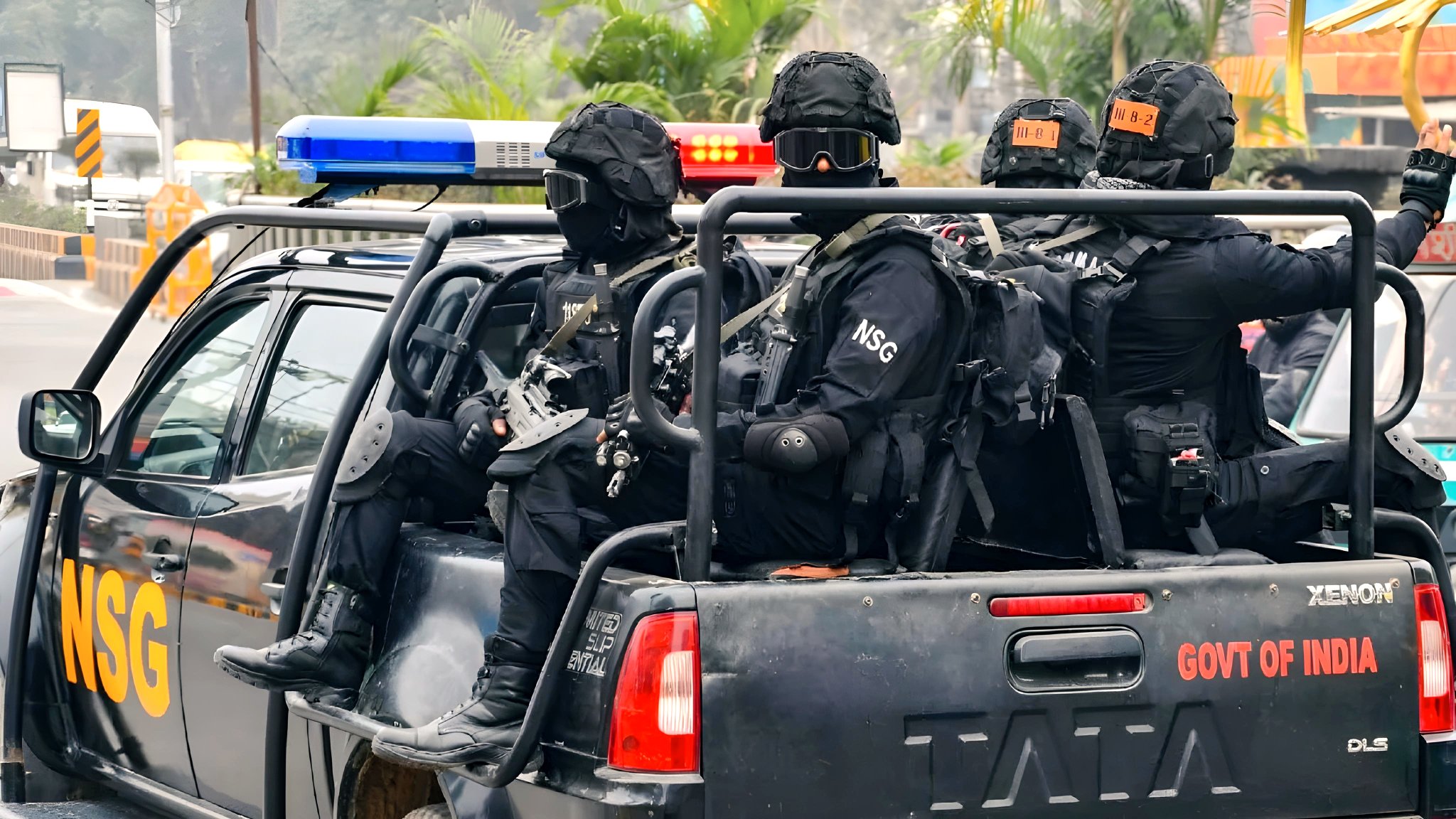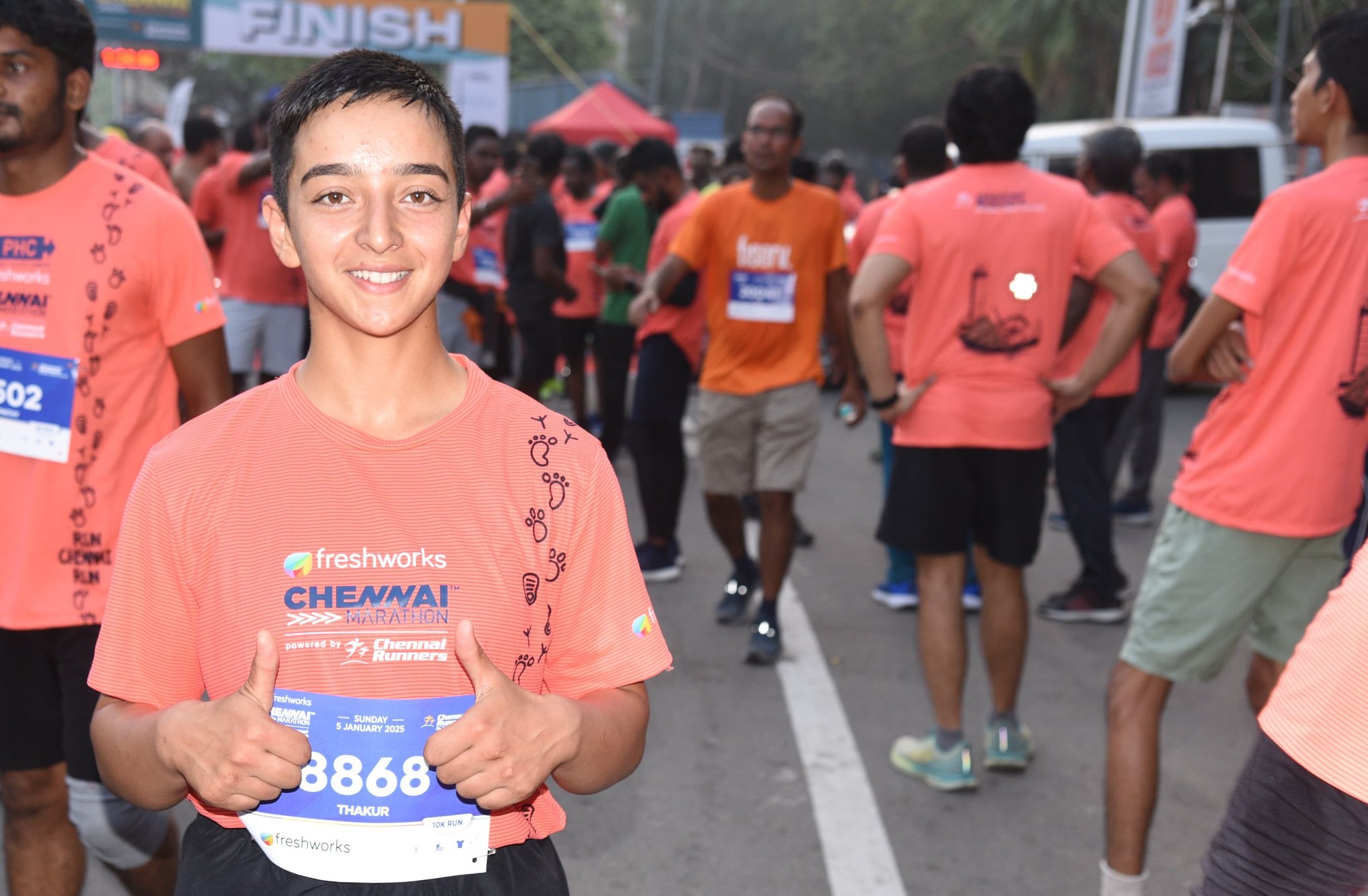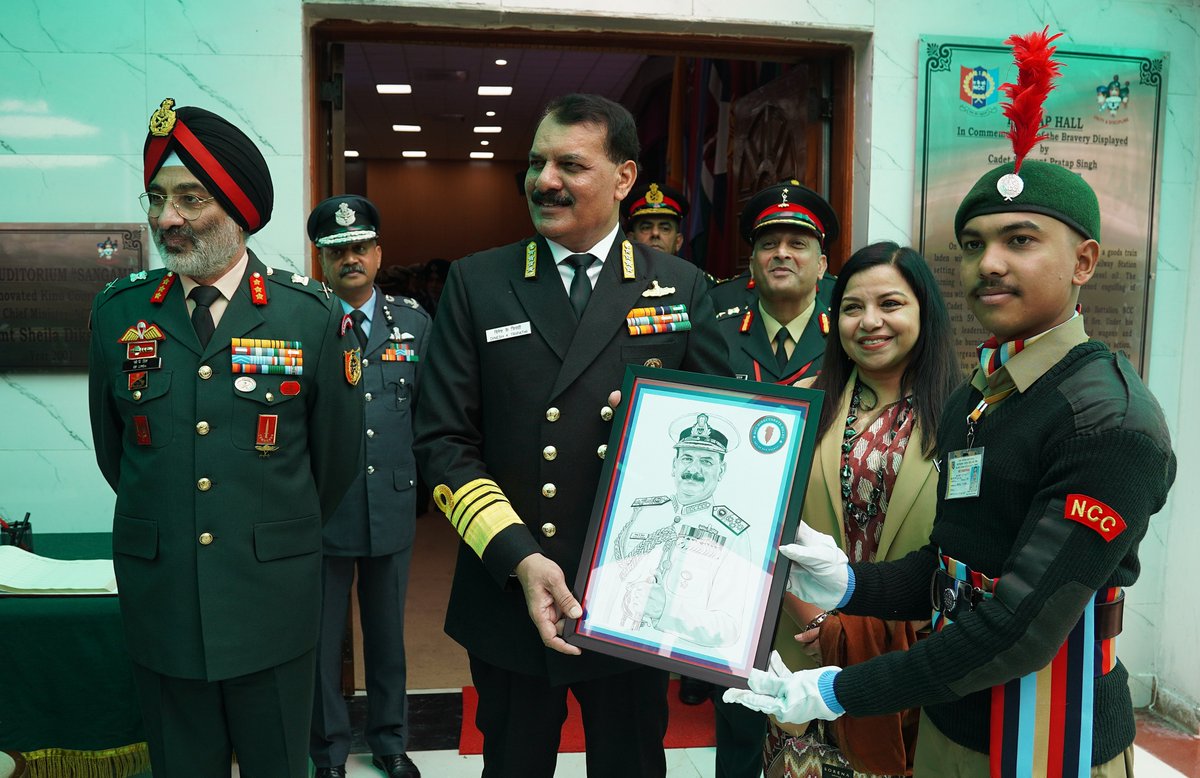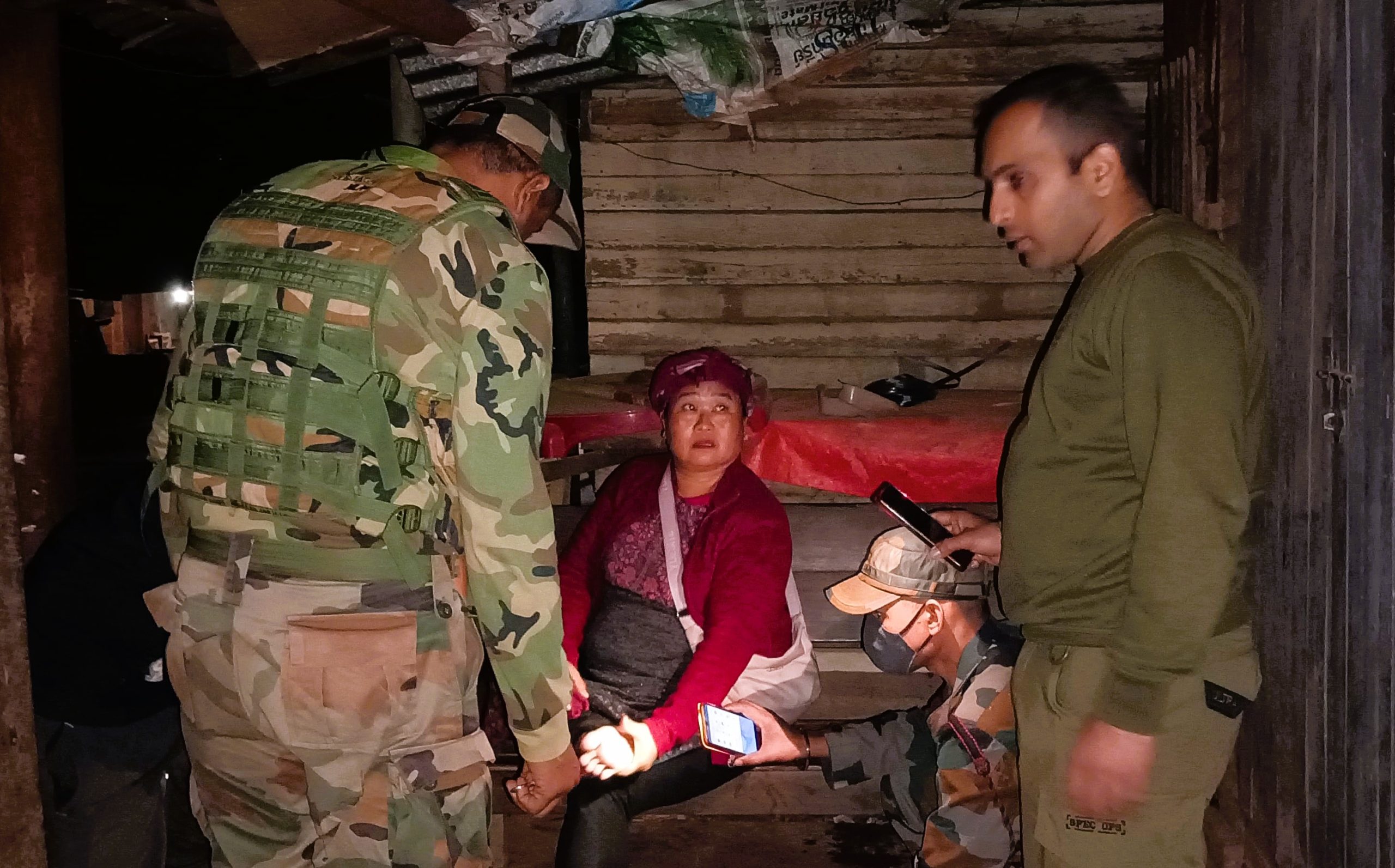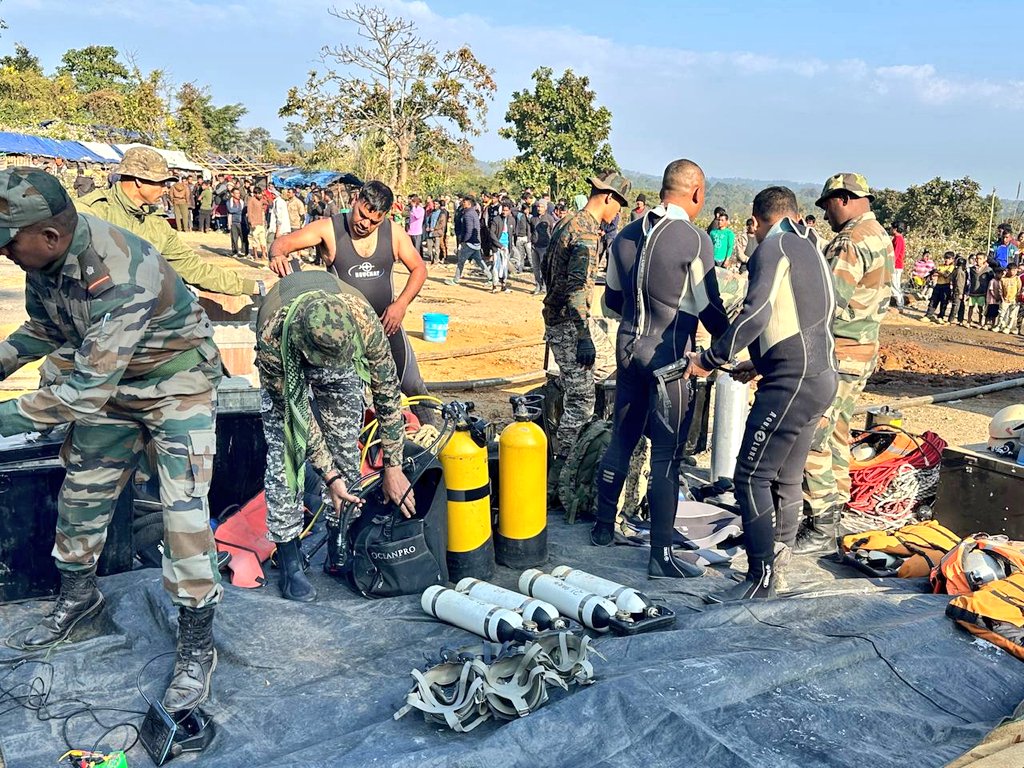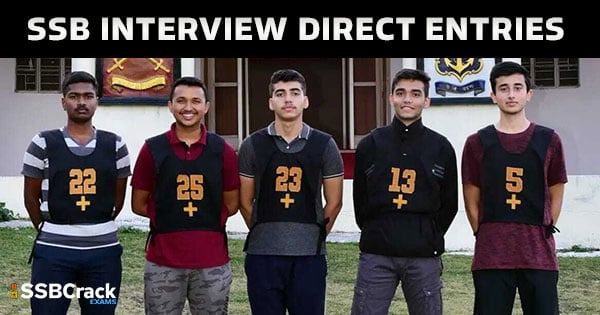100 NSG Commandos to Secure Mahakumbh 2025
The grand Mahakumbh 2025 in Prayagraj is set to commence on January 13, with an estimated attendance of over 400…
Academy Under Officer Pragati Thakur Secures Second Place in Chennai Marathon 2025
Demonstrating unparalleled endurance and determination, eight officers and thirteen officer cadets from the Officers Training Academy (OTA), Chennai, participated in…
Admiral Dinesh K Tripathi Honored at NCC Republic Day Camp 2025
In a significant event at the DG NCC Camp for the Republic Day Camp (RDC) 2025, Admiral Dinesh K Tripathi,…
Assam Rifles Provide Swift Relief and Medical Aid in Manipur Fire Incident
In a swift response to a devastating fire that engulfed 15-20 houses in Mission Veng, Tengnoupal district, Manipur on the…
Indian Army and Assam Rifles Rescue Trapped Miners in Flooded Coal Mine
In a critical rescue operation unfolding in Umrangso, Assam, the Indian Army and Assam Rifles have mobilized their Engineers Task…
6 SSB Interview Direct Entries 2025
The Services Selection Board (SSB) is a testing and evaluation agency of the Indian Armed Forces that evaluates potential candidates…

